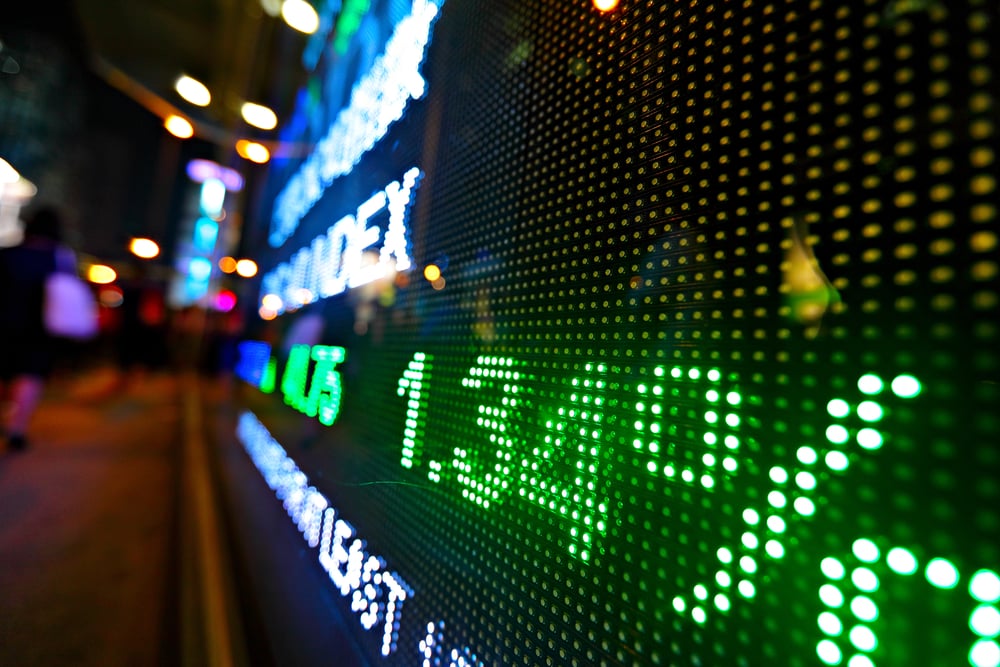
One of the universal truths in investing is to buy low and sell high. In the last week, sellers brought shares of British Petroleum (NYSE:BP) into oversold territory. On Friday, shares of the oil and gas giant fell to 28.7 on the Relative Strength Index (RSI) scale. RSI is an oscillator that investors use to determine the momentum of a stock. When a stock dips below 30, it is generally an indication the equity is oversold and therefore presents a good buying opportunity.
Like clockwork, once the bears cleared out, the bulls were free to drive the stock price up based on an earnings report that could be considered “just ok”. The company beat on adjusted earnings of 76 cents per American Depository Share (ADS). However, the 76 cents was down significantly year-over-year. The company also was shy of analysts’ expectations as well as down from the prior year.
Nevertheless, in a tough sector, BP joins Chevron (NYSE:CVX) in posting a beat on earnings. Both Exxon Mobil (NYSE:XOM) and Royal Dutch Shell (OTCMKTS:RDS-A) have missed on earnings.
BP Gave Investors a Valentine
What was particularly delightful for investors was that BP announced a quarterly dividend of 63 cents per share. The dividend will be paid to shareholders of record as of February 14. This is a significant increase (2.4%) from the company’s prior year dividend. In part, BP is delivering this dividend as part of its status on the FTSE Index. The company along with Royal Dutch Shell is among the darlings of the index which is known for companies that deliver sizable dividends.
The dividend was in addition to a share buyback program that saw the company buy back 184 million ordinary shares in the fourth quarter.
A New CEO Faces New Challenges
Another factor contributing to the volatility of BP stock is its new CEO, Bernard Looney, will take the reins on February 5. Looney takes over at a time when the company is attempting to navigate a low-carbon future. Looney will also be tasked with reducing the company’s net debt as a percentage of its total capital, a metric known as the “gearing ratio”. At the end of 2019, BP had a gearing ratio of 31.3%. This was larger than in 2018 and larger than any of its peers. However, on the earnings call, the company reaffirmed its goal to reduce the ratio to somewhere in the mid-20s in 2020.
As far as its low carbon path, that is less clear, but there is reason for optimism. There is growing momentum for the transition to clean energy, and particularly renewable energy, in the U.S. power sector.
Jeff Dennis, managing director and general counsel at Advanced Energy Economy (AEE) told the publication Utility Dive that the economics of renewable energy will continue to improve in 2020. “We’re seeing time and again, whether it’s in planning processes that are conducted by utilities, whether it’s open solicitations in markets…that using combinations of wind, solar, and storage is more cost-effective for customers than really any other options,” said Dennis, “including relying on existing aging coal assets or even building new natural gas assets.”
For its part, BP projects that renewables could provide at least 15% of the world’s energy mix by 2040. BP has a significant investment in wind and solar projects as well as biofuels. In the earnings report, BP announced an expansion of its ownership in Lightsource BP. This is the company’s solar venture. The company will now be 50% owner. In addition the company also announced the completion of BP Bunge Bioenergia, the company’s new Brazilian biofuels and biopower joint venture.
At present, BP and Royal Dutch Shell are beginning to act as a duopoly among oil and gas companies that are pivoting to a greener future. The question for investors is whether they will continue to reward BP for its commitment to clean energy while it faces a more complicated present.
Oil and Gas Prices May be a Problem
For all of 2019, BP reported an increase in oil and gas production. The company averaged 3.8 million barrels of oil equivalent per day. This was 2.7% higher than in 2018. However, the company is forecasting lower refining margin levels in the first quarter of 2020 and larger discounts on North American heavy crude oil (i.e. oil prices will be lower).
Some of this undoubtedly will stem from the conronavirus which is already restricting air travel from the U.S. to China. The good news for BP is that this is a systemic problem that will be affecting the entire sector. What will be less clear is how much a slowdown in what remains their core business will affect the company’s cash flow, particularly after they issue a rich dividend.
Before you make your next trade, you'll want to hear this.
MarketBeat keeps track of Wall Street's top-rated and best performing research analysts and the stocks they recommend to their clients on a daily basis.
Our team has identified the five stocks that top analysts are quietly whispering to their clients to buy now before the broader market catches on... and none of the big name stocks were on the list.
They believe these five stocks are the five best companies for investors to buy now...
See The Five Stocks Here
Unlock your free copy of MarketBeat's comprehensive guide to pot stock investing and discover which cannabis companies are poised for growth. Plus, you'll get exclusive access to our daily newsletter with expert stock recommendations from Wall Street's top analysts.
Get This Free Report
Like this article? Share it with a colleague.
Link copied to clipboard.